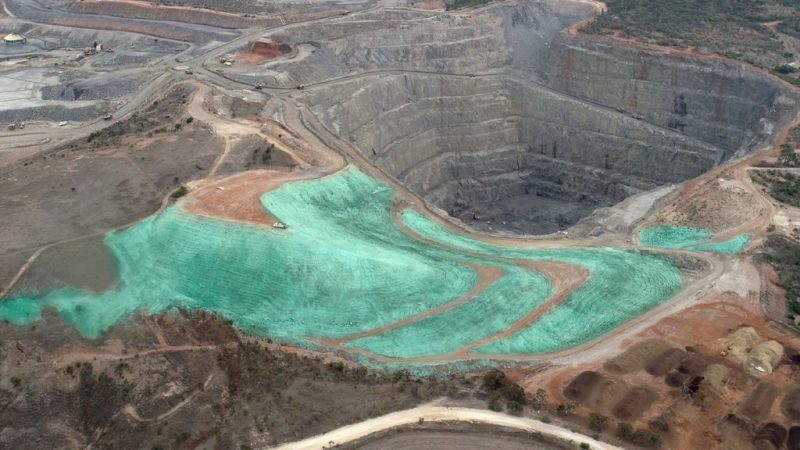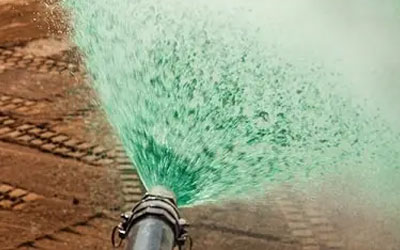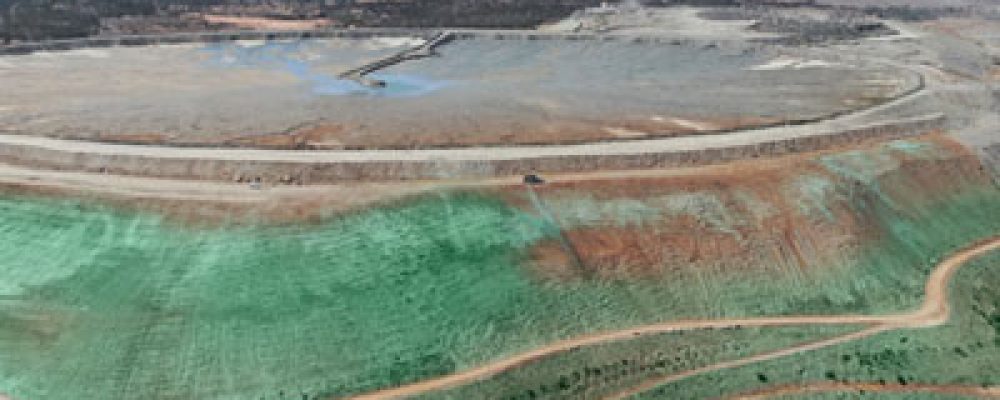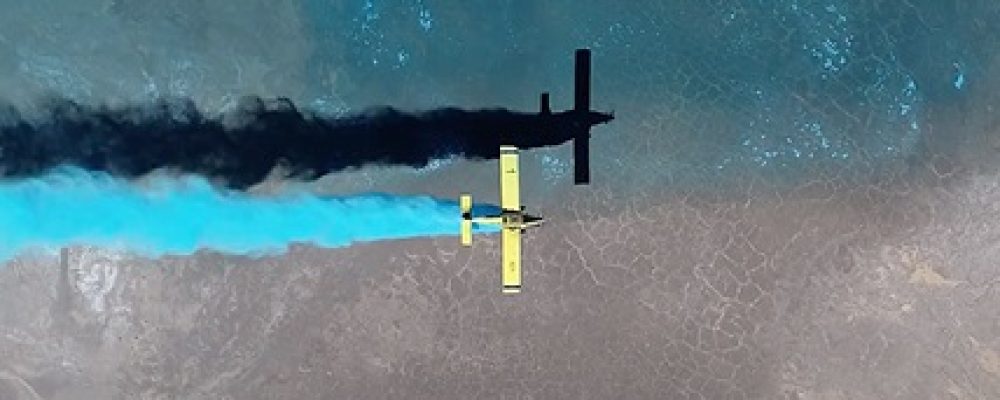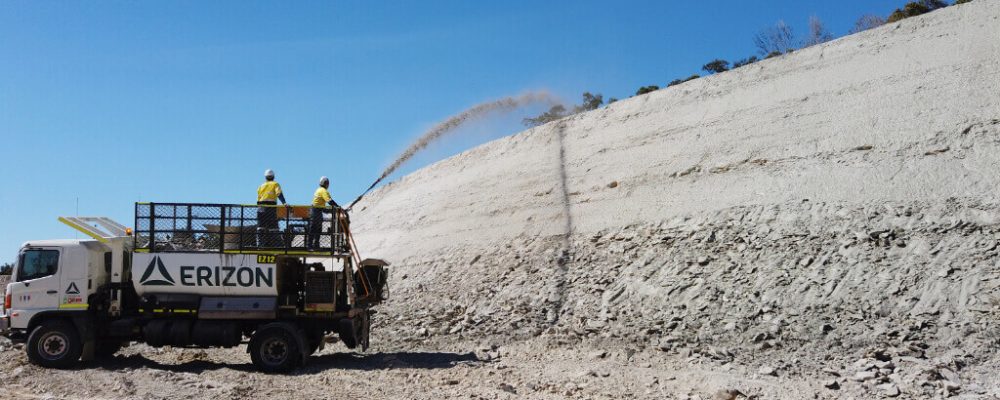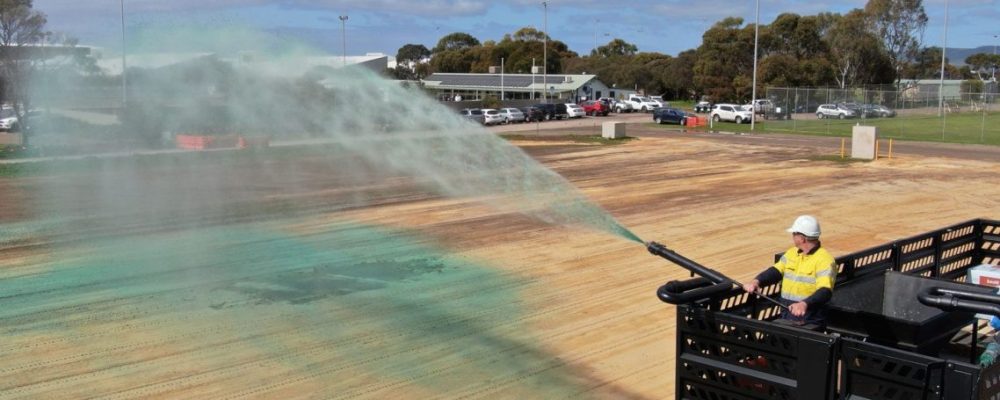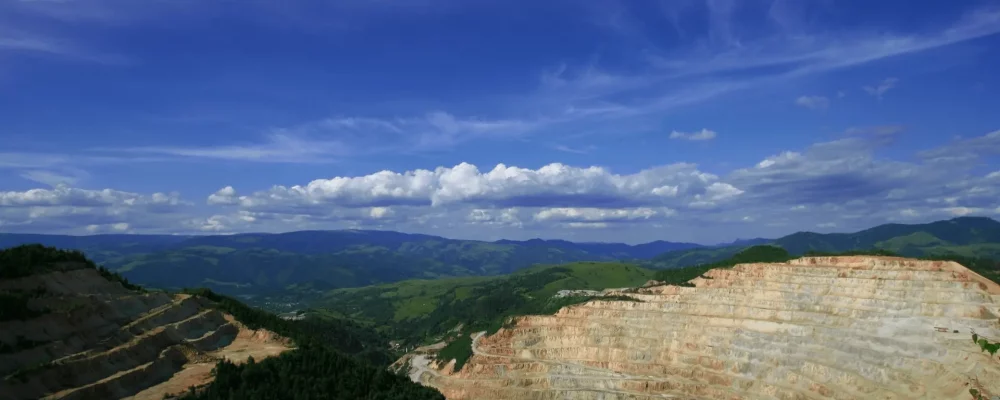Our blue planet’s hydrologic cycle has three main components (evaporation, condensation, and precipitation). Precipitation can be either liquid (drizzle, rain) or solid (snow, hail). The universal definition of rain is a form of liquid precipitation that drops greater than 0.5 mm in diameter. Liquid precipitation less than 0.5 mm diameter is classified as drizzle.
During a given storm event, rainfall comprises an array of drop sizes. Storms of high intensity can carry the large rain drops (5 mm or larger). Large drops of rain (greater than 6 mm diameter) loose stability and disintegrate while travelling through the atmosphere. It is interesting to note that terminal velocities of raindrops are approximately 10 meters per second (36 km/hr). For large drops and around 2 meters per second (7 km/hr) for the smallest drop of rain.
Breaking the Tension
The interaction between the particles within the rain drop and the surrounding environment (surface tension) keeps the rain drops spherical; however, rain drops greater than 2 mm diameter have greater forces acting on them which result in a flatter shape. For rain drops with a diameter greater than 6 mm, the excessive aerodynamic forces result in their undersurface becoming concave. Eventually, the large raindrop assumes a bubble shape and bursts into numerous micro-droplets.
As mentioned above, the terminal velocity of large raindrops can approach 36 km/hr. The resulting impact of a raindrop is potentially huge as it exerts significant erosive and compaction forces on bare soil. Vegetation is the most ideal way to mitigate the damaging impact of raindrops because a high percentage of total rainfall onto exposed soil evaporates. A synthetic erosion control blanket or an impermeable liner can also mitigate evaporation. The surface runoff causes the secondary damage to unprotected soil by dislodging and washing away nutrient rich topsoil. Excessive runoff volume can also cause drainage problems by flooding of the low-lying areas.
The Two Basic Flow Patterns
The two basic flow patterns for runoff are sheet flow and concentrated flow. Sheet flow occurs when runoff flows overland in a uniform sheet pattern. Concentrated flow occurs when runoff flows through defined pathways (rills, catch drains, drainage channels, waterways etc.). Both sheet and concentrated flow present a significant risk of erosion and scour to unprotected surfaces.
With sheet flow, rain dislodges organic matter and topsoil which flows downstream resulting in significant soil loss. During a storm event, several tons of soil can be lost due to sheet erosion. Sheet erosion is common in areas which have poor soil structure, or are not managed properly.
Runoff on uneven surfaces or areas where soils are dispersive can result in rill erosion. Rill erosion occurs when channelized runoff flows in an uncontrolled manner. These small channels can transform into larger gullies. Rill erosion also has a tremendous potential to move soil material. In any given storm event it can expose the underlying subsoil which are often significantly more unstable than the topsoil.
It is not uncommon to observe sheet and rill erosion on the same site. Together they can transport several hundred tons of material in a single storm event. This movement can result in breach of license conditions, penalty infringement notices, significant clean-up costs and reputation damage. The cumulative harm resulting from sheet erosion and rill erosion can be prevented by professionals in erosion and sediment control.
